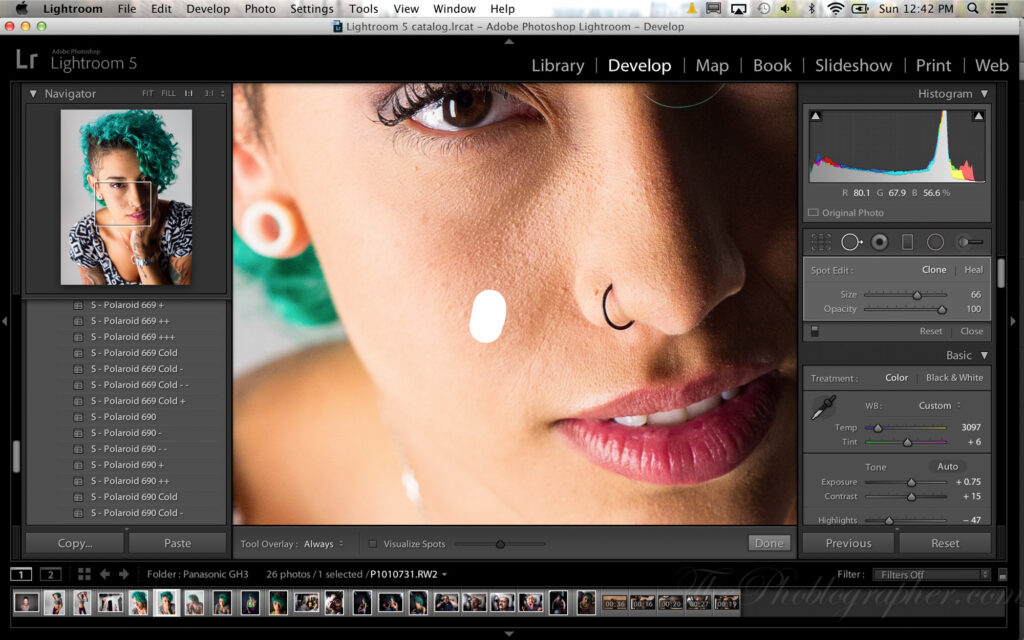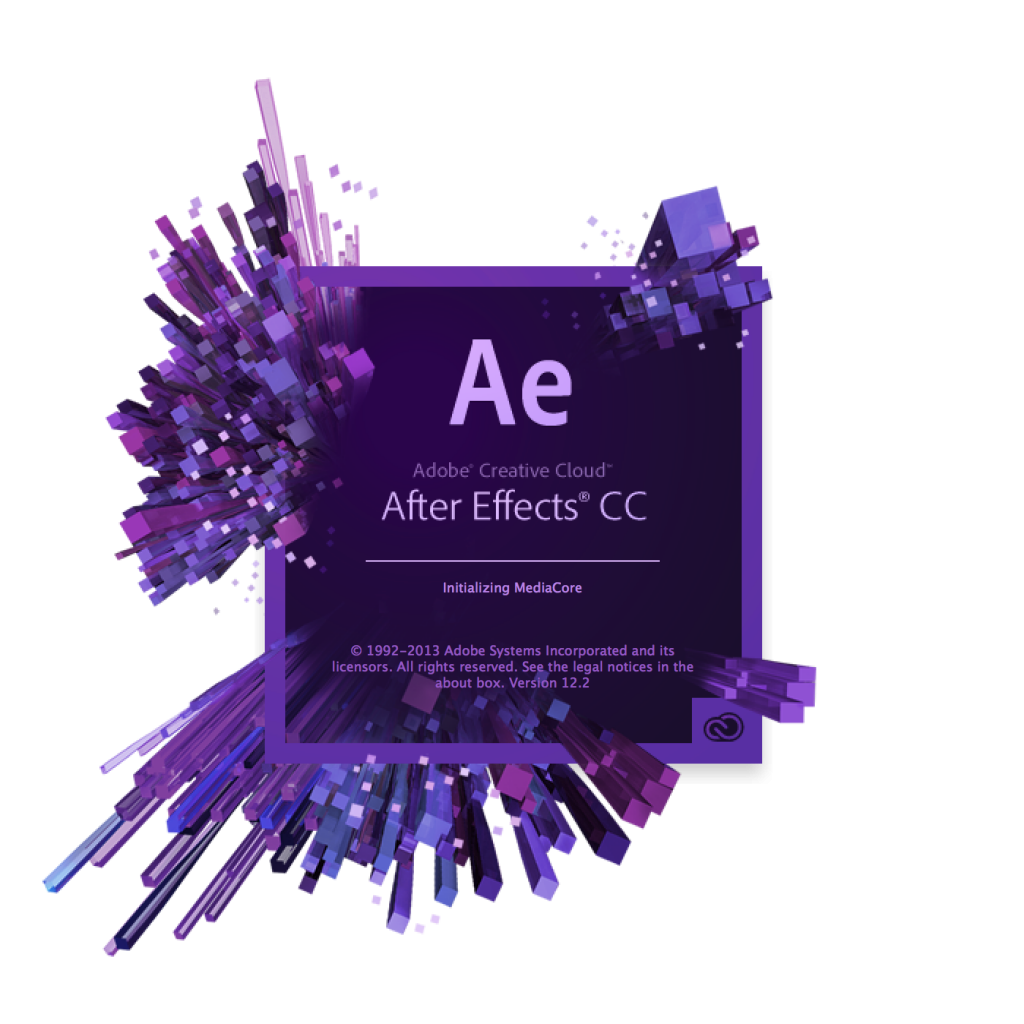Adobe Lightroom Classic stands as a cornerstone for photographers seeking a robust desktop photo editor. With its extensive features and user-friendly interface, it facilitates seamless photo editing and management. This guide will walk you through the essentials of Adobe Lightroom Classic, from installation to mastering its advanced editing capabilities, ensuring you harness its full potential for your creative projects.

What is Lightroom Classic and How Does it Work?
Understanding the Basics of Adobe Lightroom
Adobe Lightroom Classic is a powerful photo editing software designed to help photographers manage, edit, and showcase their images. Unlike cloud-based alternatives, Lightroom Classic operates primarily on your desktop, giving you the ability to work offline and manage large libraries of photos efficiently. The software allows users to import photos from various sources, organize them into folders, and apply comprehensive edits to enhance images. Its non-destructive editing capabilities ensure that original files remain untouched, providing flexibility during the photo editing process.
Key Features of Lightroom Classic
One of the most compelling aspects of Lightroom Classic is its extensive suite of editing tools. Users can access features such as basic adjustments, tone curves, and detailed color editing, making it a versatile choice for both novice and professional photographers. The software also includes presets, which are pre-defined settings that can be applied to images for quick enhancements. Moreover, the introduction of advanced features like masks allows for selective adjustments, enabling users to refine specific areas of their photos. Another significant advantage of Lightroom Classic is its integration with Adobe’s Creative Cloud, allowing for synchronization of edited images across devices, thereby enhancing workflow.
How to Navigate the Lightroom Classic Interface
The Lightroom Classic interface is designed for intuitive navigation, comprising several modules that cater to different aspects of photo editing and management. The Library module facilitates photo importation and organization, while the Develop module provides access to the primary editing tools. Users can easily switch between these modules using the top navigation bar. Additionally, the left panel offers access to folders and collections, while the right panel houses the editing sliders for adjustments. Familiarizing yourself with this layout is crucial for efficient workflow and maximizing the capabilities of Lightroom Classic.
How to Download and Install Lightroom Classic on Desktop?
Steps to Download and Install Lightroom Classic
To get started with Adobe Lightroom Classic, the first step is to download and install the software on your desktop. Visit Adobe’s official website and navigate to the Creative Cloud section. Here, you can choose to download Lightroom Classic as part of a subscription package, which often includes other Adobe applications such as Photoshop. After initiating the download, follow the installation prompts to complete the process. Once installed, you will have immediate access to the comprehensive editing tools that Lightroom Classic offers.
Creating an Adobe ID for Installation
Before installing Lightroom Classic, users need to create an Adobe ID, which serves as your access point to Adobe’s suite of products. This can be done directly on Adobe’s website. Simply click on the ‘Sign Up’ button and fill in the required information, including your email address and a secure password. Once your Adobe ID is created, you can use it to install Lightroom Classic, manage your subscriptions, and access Adobe’s cloud services. This account also enables you to sync your settings and presets across devices, enhancing your overall editing experience.
Troubleshooting Installation Issues
While the installation process for Lightroom Classic is generally straightforward, some users may encounter issues. Common problems include download interruptions, compatibility issues with the operating system, or insufficient system requirements. To troubleshoot these problems, ensure that your desktop meets the necessary specifications for running Lightroom Classic. Additionally, checking your internet connection and temporarily disabling any antivirus software during the installation can help. If issues persist, Adobe’s FAQ section provides comprehensive solutions to common installation queries.
What are the Differences Between Lightroom and Lightroom Classic?
Overview of Lightroom Versions
Adobe offers several versions of Lightroom, each tailored to different user needs. The primary distinction lies between Lightroom CC and Lightroom Classic. While Lightroom CC is a cloud-based solution that focuses on accessibility and mobile editing, Lightroom Classic is designed for photographers who prefer a traditional, desktop-centric approach. Understanding these differences is essential for choosing the right version of Lightroom that aligns with your editing style and requirements.
Key Differences in Features and Functionality
When comparing Lightroom and Lightroom Classic, several key differences come to the forefront. Lightroom Classic excels in its extensive editing tools and organizational features, making it ideal for managing large photo libraries. In contrast, Lightroom CC emphasizes simplicity and cloud integration, allowing for seamless access to photos across devices. However, Lightroom Classic’s advanced features, such as localized adjustment tools and robust library management, make it a preferred choice for professional photographers looking for in-depth editing capabilities.
Choosing the Right Version for Your Needs
Deciding between Lightroom and Lightroom Classic ultimately depends on your specific needs as a photographer. If you often work on desktop and require a comprehensive set of editing tools, Lightroom Classic is the better option. However, if you prioritize mobile access and prefer a more streamlined editing process, Lightroom CC might be more suitable. Consider your workflow, editing style, and the level of detail you wish to achieve in your photo editing tasks when making this decision.
How to Edit Photos Using Lightroom Classic?
Basic Photo Editing Tools in Lightroom Classic
Editing photos in Lightroom Classic begins with understanding its basic editing tools. The software offers a variety of sliders for adjusting exposure, contrast, highlights, shadows, whites, and blacks, allowing for fundamental corrections to your images. Additionally, the cropping tool enables precise framing, while the detail panel provides sharpening and noise reduction options. Familiarizing yourself with these basic tools is crucial for effectively enhancing your photos and achieving the desired aesthetic.
Using Presets to Enhance Your Images
One of the standout features of Lightroom Classic is the ability to use presets. Presets are collections of predefined adjustments that can be applied to images with a single click, saving time and ensuring consistency across your work. Users can either create their own presets or choose from a wide range of presets available within the software or the Adobe community. Employing presets can significantly enhance your workflow, allowing you to quickly achieve the desired look for your images without starting from scratch each time.
Advanced Editing Techniques with Masks
Lightroom Classic has evolved to include advanced editing techniques, particularly through the use of masks. Masks allow users to apply adjustments selectively to specific areas of an image, providing greater control over the final output. By using tools like the Linear Gradient, Radial Gradient, and Brush tool, photographers can enhance particular elements within their images, such as adjusting the sky independently from the foreground. This level of precision is essential for achieving professional-quality edits and compelling compositions.

What are the New Features in Lightroom Classic 2025?
Overview of Exciting New Tools
The release of Lightroom Classic 2025 introduces a host of exciting new tools designed to enhance user experience and photo editing capabilities. Among these features are improved AI-powered tools for automatic adjustments, which significantly streamline the editing process. Additionally, updates to the masking tools provide more intuitive ways to refine selections, making it easier for users to focus on specific areas of their photos without complex procedures.
How to Optimise Your Workflow with New Features
Optimizing your workflow with the new features in Lightroom Classic 2025 can significantly enhance your efficiency. By incorporating AI-powered adjustments, you can achieve polished edits faster, allowing you to focus on the creative aspects of your photography. Additionally, utilizing improved organizational tools can help streamline the process of importing photos and managing your library. Familiarizing yourself with these new features will ensure that you leverage the full potential of Lightroom Classic in your photo editing endeavors.
Professional Photo Editing Tips with Latest Updates
To maximize the benefits of the latest updates in Lightroom Classic 2025, consider adopting professional photo editing tips. Regularly experiment with the new AI tools and masking techniques to discover how they can enhance your workflow. Moreover, taking advantage of the updated presets can help you maintain a cohesive aesthetic across your portfolio. As you continue to learn what’s new in Lightroom, you will find innovative ways to elevate your photography, allowing you to produce stunning images that stand out in today’s competitive landscape.

